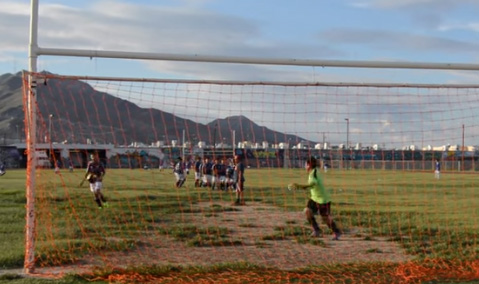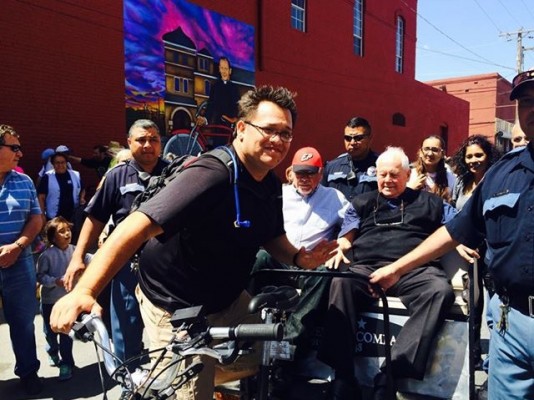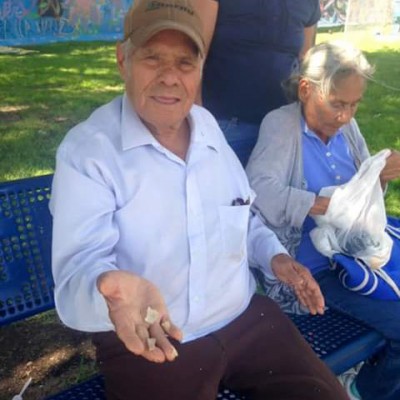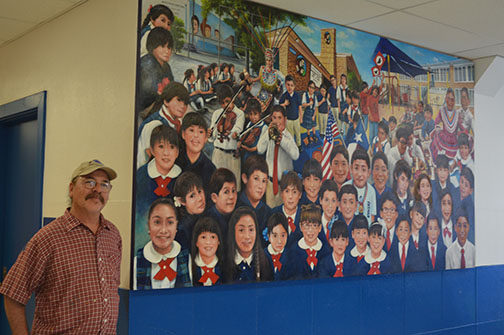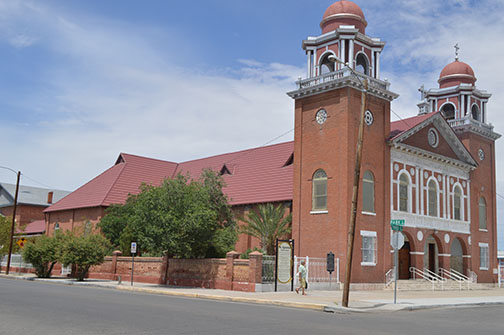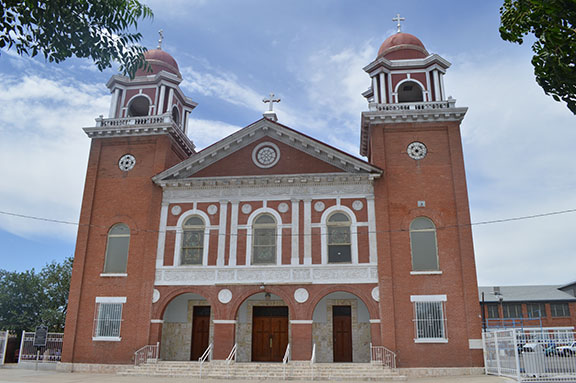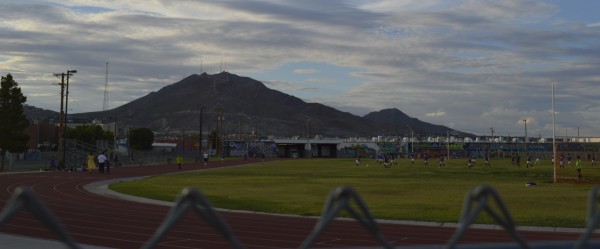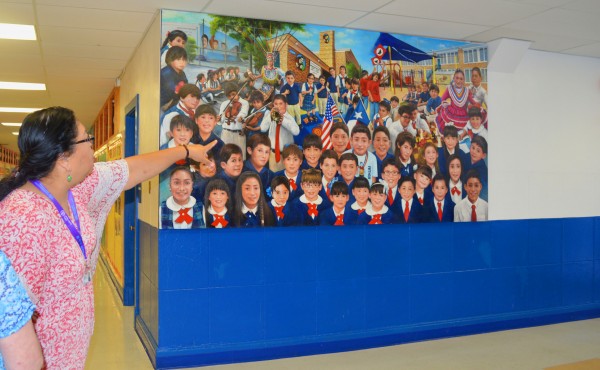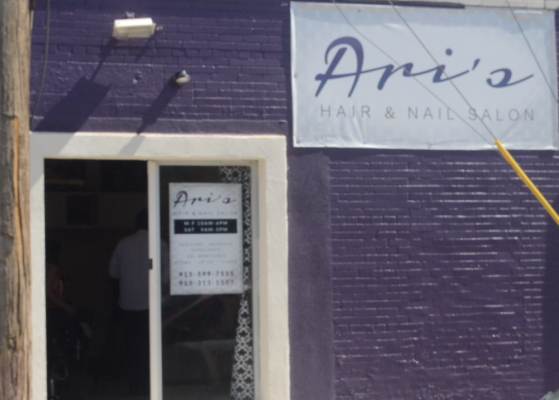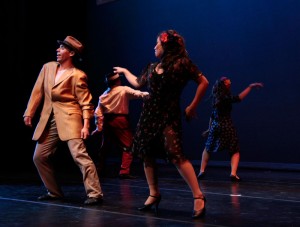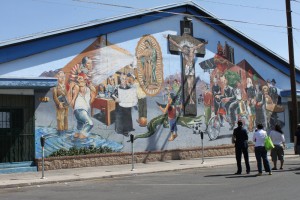El Paso’s Segundo Barrio Futbol Club scores U.S. Soccer Foundation award for impact
|
The U.S. Soccer Foundation this week honored an El Paso program based in one of the city’s oldest neighborhoods for making a difference in sports-based youth development. The Segundo Barrio Futbol Club was presented the 2019 Urban Soccer Symposium Award for Impact at the foundation’s 13th annual Urban Soccer Symposium March 18 in Washington, D.C. Awards for organizations or individuals were presented in three categories: influence, innovation, and impact. Related: Love of Segundo Barrio leads Englishman to form soccer club
“It is with great pleasure that we present the third annual Urban Soccer Symposium Awards to We Can Kick It, Segundo Barrio FC, and Mayor Rahm Emanuel,” Ed Foster-Simeon, President and CEO of the U.S. Soccer Foundation said in a press release. “It is because of the innovations of organizations and individuals like these that we continue to grow as a community and, in turn, are able to positively impact more and more young lives through sport.”
Chicago Mayor Rahm Emanuel received the 2019 Influence Award, which was awarded to an individual holding public office who has leveraged his or her position to support, advocate for, and champion sports-based youth development efforts in underserved communities. We Can Kick It received the 2019 Innovation Award for using soccer as a tool to inspire and empower children and their families affected by cancer.
Segundo Barrio FC received the Impact Award for its work using soccer as a tool for social change by developing programs that foster the physical, mental, and emotional growth of youth in the El Paso, Texas neighborhood, Segundo Barrio. Founded in 2011, Segundo Barrio FC is a volunteer-run organization and started with just one team.
